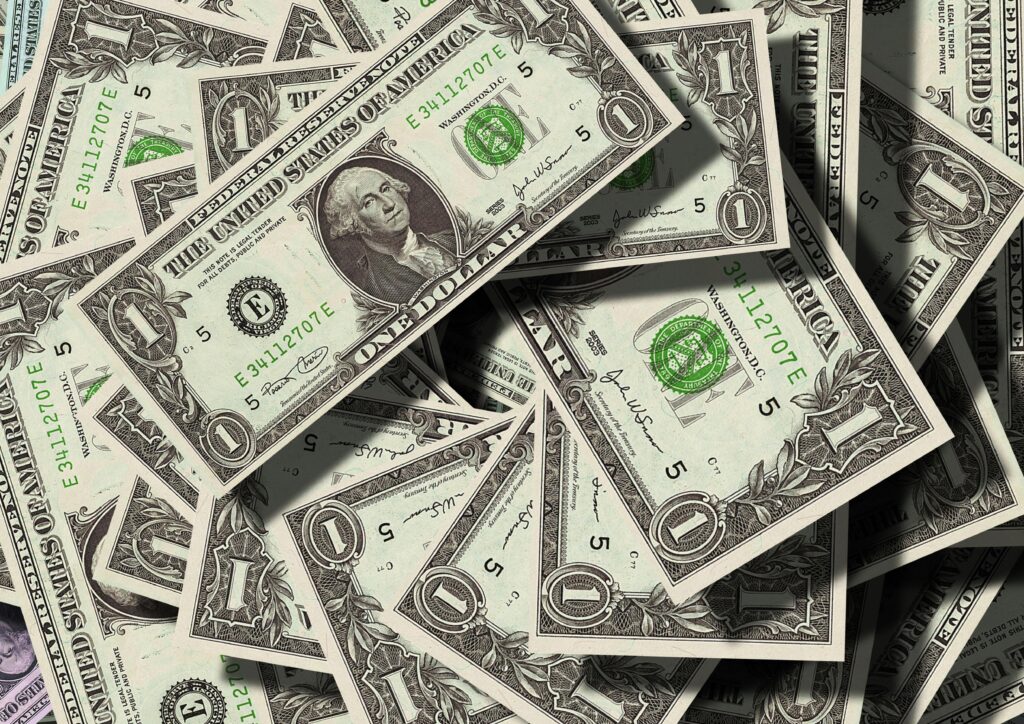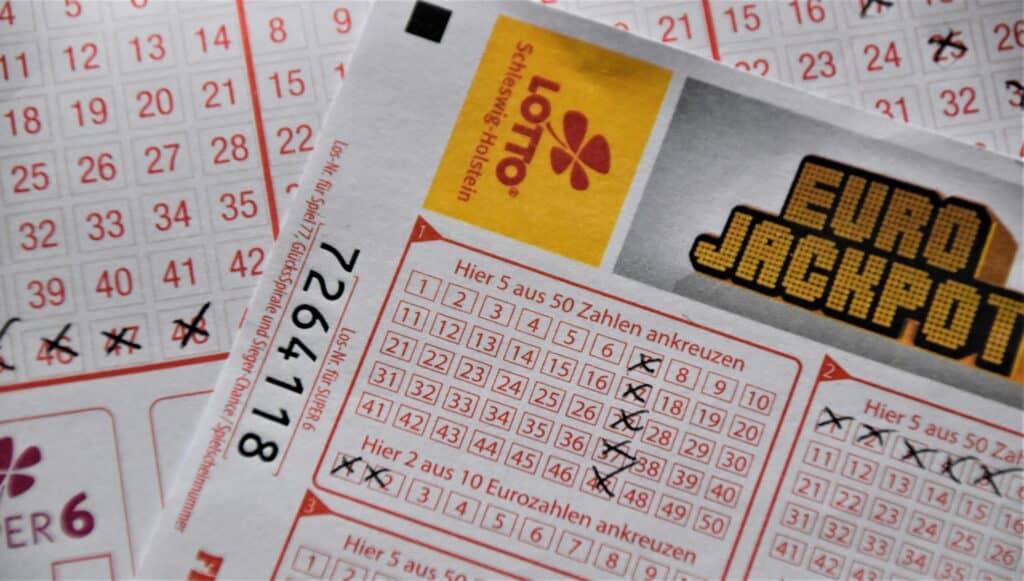What if? Two simple words that hold the power of infinite possibility. It’s a question that has fueled human dreams for millennia and sits at the very heart of one of the world’s oldest and most enduring games of chance: the lottery. From the marble-drawn lots of ancient Rome to today’s multi-billion-dollar jackpots that create instant fortunes, the lottery has evolved from a simple civic tool into a global entertainment phenomenon. This journey through time reveals not just the history of a game, but a fascinating look into changing societies, economic systems, and humanity’s unbreakable fascination with a life-changing stroke of luck.
Throughout its history, the lottery has served a dual purpose. On one hand, it’s a deeply personal game of hope. On the other, it has been a remarkably effective tool for public finance, funding everything from infrastructure and universities to wars of independence. This article explores that epic journey, tracing the lottery’s path from a party favor for Roman emperors to the professionally managed, high-tech industry we know today.
Ancient Origins: A Tool of Emperors and Empires
While lottery-like games may have existed earlier, the tradition as we recognize it has clear roots in both ancient China and Rome. Around 200 BCE, the Han Dynasty in China created a game resembling modern Keno, using the proceeds to help fund massive state projects, including the construction of the Great Wall. This established one of the lottery’s most enduring functions: public funding.
In the Roman Empire, lotteries served a different purpose. Emperors like Augustus Caesar organized lotteries primarily as entertainment during lavish festivals. However, these were not lotteries of financial hope. Instead, every guest at a party received a free ticket, and every ticket won a prize. The prizes could range from a simple clay pot to a valuable estate, with the random distribution creating excitement and a temporary sense of equality. A slave might win a better prize than a senator, making the lottery a tool of social entertainment and a demonstration of the host’s immense generosity.
The Renaissance Shift: The Birth of the Cash Prize

The lottery’s transformation from a private party game to a public commercial enterprise began in medieval Europe. The first recorded public lottery offering cash prizes was held in 1434 in the town of Sluis in the modern-day Netherlands. Its purpose was to raise funds to fortify the town walls, cementing the lottery’s role as a form of voluntary taxation for civic projects.
This blend of public fundraising and commercial entertainment set a precedent that echoes today. The modern digital landscape features a spectrum of regulated gaming, from state-run lotteries to a diverse array of online platforms. In this competitive market, promotional offers are a key tool for attracting players, with incentives like the Vulkan Vegas 50 free spins operating under specific legal frameworks designed to balance commercial interests with consumer protection. This modern dynamic has its roots in the Renaissance, when lotteries first became a public, money-making venture. Italy, in particular, embraced this new model. The city of Genoa pioneered the numerical lottery in the 16th century, creating the “5 out of 90” format that would spread across Europe and become the foundation for many modern lottery games.
Building a New World: Lotteries in Colonial America
England’s lottery tradition crossed the Atlantic with its colonies, where it became a crucial funding mechanism. In a new world where formal taxation was deeply unpopular and government revenues were scarce, lotteries offered a popular, voluntary method to fund collective needs. The Virginia Company used a lottery to finance the Jamestown settlement in 1612, and the practice exploded from there.
The impact of these early lotteries on the formation of the United States is staggering. They were not a fringe activity but a mainstream financial tool endorsed and participated in by the Founding Fathers themselves. The following list gives just a glimpse of the foundational institutions and projects funded by lottery proceeds:
- Higher education. Harvard, Yale, Princeton, and Columbia University were all built or supported by lottery funds.
- Infrastructure. Countless roads, bridges, canals, and public buildings throughout the colonies were financed this way.
- The Revolutionary war. The Continental Congress authorized a lottery in 1776 to help fund the war effort.
- Personal endorsements. George Washington sponsored a lottery to build a road, while Benjamin Franklin used them to buy cannons for Philadelphia’s defense.
These lotteries were essential to nation-building, but by the mid-19th century, they had fallen out of favor. Widespread corruption, mismanagement, and a growing moral sentiment against gambling led nearly every state to ban them, pushing lotteries into the shadows for almost a hundred years.
The Modern Renaissance: State Lotteries and the Digital Age

The lottery’s revival began in 1964 when New Hampshire established the first legal state lottery of the 20th century. Facing financial pressures and no state income or sales tax, New Hampshire saw a lottery as a way to generate revenue from what was already happening in illegal markets. The model was a success, and as other states faced similar fiscal crises in the 1970s and 80s, the state-run lottery became an American institution once again. The introduction of computerized systems in this era revolutionized the industry. Technology enabled three key innovations that define the modern lottery:
|
Innovation |
Impact on the Lottery |
|---|---|
|
Instant Scratch-Off Tickets |
Provided instant gratification, dramatically increasing sales and appealing to a broader audience. |
|
Reliable Random Number Generators (RNGs) |
Replaced physical drawing machines with secure, auditable technology, eliminating fraud and building public trust. |
|
Centralized Computer Networks |
Allowed for thousands of ticket terminals to be connected, enabling massive sales volume and real-time tracking. |
This technological leap paved the way for the biggest innovation of all: the multi-state lottery.
The Jackpot Era: Powerball, Mega Millions, and the Billion-Dollar Prize
In 1988, a group of states created the first multi-state game, which would evolve into the Powerball in 1992. Mega Millions followed in 1996. By pooling their player bases, these games could offer jackpots far larger than any single state could sustain. This created the modern “mega-jackpot” phenomenon.
These astronomical prizes, often reaching hundreds of millions or even billions of dollars, transform the lottery from a routine purchase into a national cultural event. News cycles are dominated by the climbing jackpot, driving millions of occasional players to buy tickets and dream. While critics argue that the near-impossible odds (roughly 1 in 300 million) prey on the public’s misunderstanding of probability, the fact that someone eventually wins validates the dream for millions.

